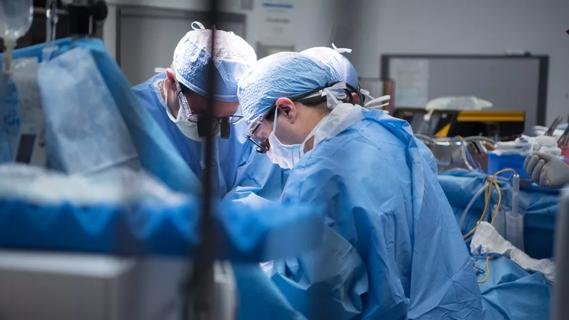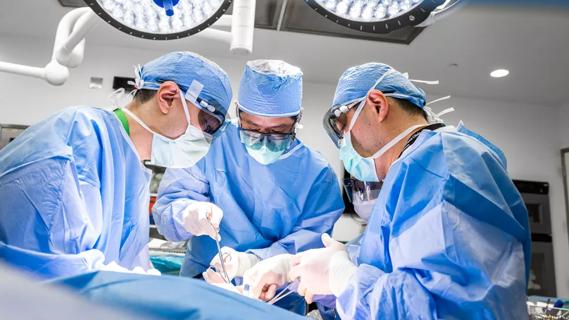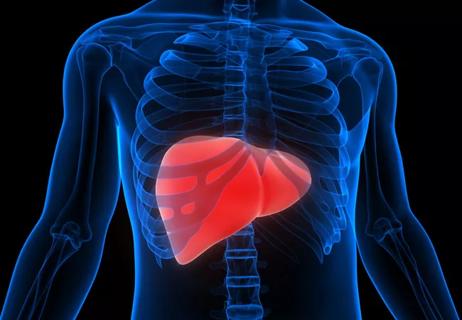Viewpoints from Steven Wexner, MD

The vast majority of colorectal cancers are colonoscopically identified prior to surgery.
Advertisement
Cleveland Clinic is a non-profit academic medical center. Advertising on our site helps support our mission. We do not endorse non-Cleveland Clinic products or services. Policy
During the days of open surgery, inaccuracies in colonoscopic identification were described but in many cases could be managed by palpation of the lesion. Minimally invasive techniques do not afford the same potential tactile sensation. Accordingly, accurate colonoscopic localization is even more important.
We have previously described the need for standardization of tattooing lesions in order to assist in this regard.
More recently, Acuna and colleagues from Toronto performed a systematic review and meta-analysis of preoperative colonoscopic localization of colorectal cancer. The authors found 38 nonrandomized controlled and observation studies in which 2,578 patients underwent conventional colonoscopy and 643 patients had tattooing of their lesions.
The authors noted the pooled incidence of localization errors in the patients who had undergone conventional colonoscopy was 15.4 percent. When colonoscopic tattooing techniques was employed, the localization error decreased by 5.9 percent to 9.5 percent. They found adverse events secondary to tattooing to be infrequent, mostly due to ink scatter.
I certainly concur with the authors conclusions that tattooing of lesions should be routinely employed in order to improve the accuracy of intraoperative lesion localization.
Advertisement
Advertisement

Strong patient communication can help clinicians choose the best treatment option

ctDNA should be incorporated into care to help stratify risk pre-operatively and for post-operative surveillance

The importance of raising awareness and taking steps to mitigate these occurrences

New research indicates feasibility and helps identify which patients could benefit

Treating a patient after a complicated hernia repair led to surgical complications and chronic pain

Standardized and collaborative care improves liver transplantations

Fewer incisions and more control for surgeons

Caregiver collaboration and patient education remain critical